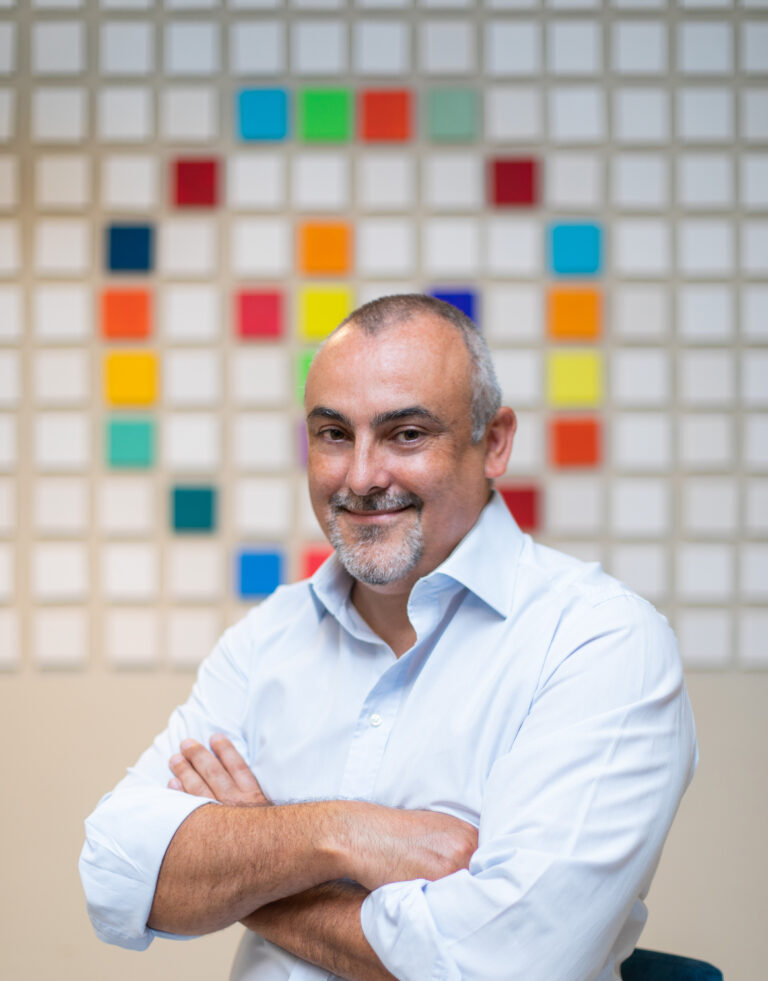Trends
The translation and localization industry is evolving at an accelerated pace: to understand its prospects, we can observe some significant trends and assert some facts.
- Machine translation (MT) is improving, of course, and we can see it in our everyday business and as we interact with technology.
- The work of the best human translators sets the essential and inescapable benchmark for measuring this improvement and ensuring its continuation.
- Humans aided by machines can achieve extraordinary results. Overall, all of this increases both the productivity and the quality of the system. This, in turn, generates tremendous opportunities for a translation industry that is becoming the great enabling platform for international endeavors that were previously prohibitively expensive or simply impossible. The dream of a society that can cultivate the richness of its many languages while improving mutual understanding is closer to fulfillment. Extraordinary opportunities are emerging. But, of course, we must be able to seize such opportunities, and this means learning how to understand them. These emerging opportunities are being driven by a combination of certain factors.
First, there is a manifest improvement in the machines that help translators in their work. By analyzing the vast quantity of post-editing tasks performed by top professional translators over many years, we observe that the quality of machine translation is improving and thus requires increasingly less time for correction. The time that the best translators devote to correcting machine-made translations has been dropping for years in a linear fashion.
Our initial hypothesis to explain the surprisingly consistent linearity in the trend is that every unit of progress towards closing the quality gap requires exponentially more resources than the previous unit, but we are deploying those resources accordingly, namely computing power (doubling every two years), data availability (the number of words translated is increasing at a compound annual growth rate of 6.2% according to Nimdzi Insights), and machine learning algorithm efficiency (computation needed for training has seen a 44-fold improvement from 2012-2019, according to OpenAI).
At Translated, quality measurement is an important aspect of MT. To measure the overall quality of an MT suggestion, Translated uses a measurement called Errors per Thousand (EPT) words. Currently, translations performed by MT regularly score at an EPT rate of around 50, meaning there are about 50 linguistic errors per 1000 translated words. After review by top translators, the EPT decreases to around 10 on average. An additional review by a second professional further reduces the EPT to 5.
As the average quality of MT output continues to improve, highlighted by the overall TTE trend, the MT suggestions start to be comparable with work produced by a top translator. Therefore, the same double review process described can reduce the EPT from 10 to 2 within the same budgetary constraints. Continuously improving MT enables more content to be translated at a higher quality level without increasing budgets. What will be the consequences of this result? It will be possible to translate more, faster, and much better. This means that as demand for translation services grows due to
the intensification of international relations in trade, industry, migration, culture, and entertainment, supply will be ready to cope and even thrive, while costs and prices shall drop.
Humans will develop innovative functions. Many translators will be teachers of machines. Others will be researchers of intercultural relations
These are the consequences of innovation in machine translation. But language is not merely a matter of technology. Language evolves with the society that speaks it.
The evolution of language constantly changes the fundamental context in which the translation industry operates. The data on which machine translation operates is always in the past. Society is always a communication-based entity, and it changes its ways of communicating and its languages according to the dynamics of cultural and intercultural relations. This obviously fuels the essential contribution of humans in the translation industry in relation to all that has added value.
For professionals who are able to significantly improve theselves and evolve in how they work to capitalize on the opportunities offered by machine translation, there are certainly major economic improvements to be won. Sector operators will be able to move toward adding value to translations with copyrighting services, add cross-cultural research, and above all, offer continuous stylistic updates to translations. As we have said, languages are social constructs that never cease to evolve. And while the linguistic corpus that feeds machines can only be based on the past, people in the contemporary dimension are the only ones capable of grasping the nuances that shape the difference between language that is relevant to its time or fettered by vaguely unfashionable idiom.
Humans will develop innovative functions. Many translators will be teachers of machines. Others will be researchers of intercultural relations. And yet others will be innovators capable of riding the wave of ever-changing translation needs or even anticipating them as global cross-cultural communication evolves and becomes increasingly varied and interesting. The improvement of translation platforms will always arise from the symbiotic improvement of humans and machines.
We estimate that the improvement of productivity and quality in the translation and localization industry can reach a level that will foster a tenfold increase in requests for professional translations and at least a 100-fold growth in machine translation demand.
In short, an industry that manages to improve productivity and enjoys growing demand is a healthy and prosperous industry because it is always innovating and developing new markets. So we can expect genuine paradigm shifts that will enable intensive translation efforts to begin in sectors of the economy that have never been able to afford it. Previously unthinkable levels of innovation will materialize. By working symbiotically with technology, humans can move the frontier of the possible and explore what lies beyond that limit.

Marco Trombetti
Founder and Ceo of Translated
Marco Trombetti is a computer scientist, serial entrepreneur and investor. In 1999, together with his wife Isabelle Andrieu, he co-founded Translated, a translation service that pioneered the use of artificial intelligence to help professional translators. With the profits from these ventures, Marco co-founded Pi Campus, a venture capital firm that invests in early-stage technology startups, mostly in the AI field.
Photo credit: Image generated by Midjourney using the following prompt: “Create an illustration made of a dynamic flow of bright random single letters that move into the future and create bright light trails. Dark background.”
